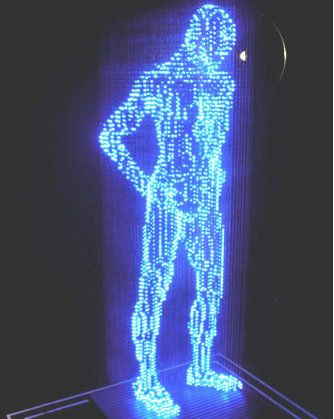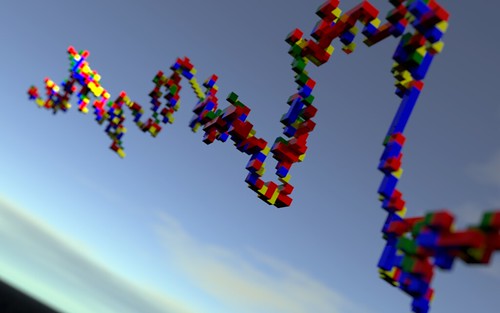Dr. David M. Eddy is one of the rare people for whom the “Dr.” refers to both a medical and academic degree. Dr. Eddy received his Ph.D. in applied mathematics in 1978, ten years after becoming a medical doctor, and he’s been a pioneer in applications of mathematics to medicine ever since. His latest project sounds like a massive undertaking: a computer program called Archimedes, which is intended to represent the various aspects of human physiology well enough so that new drugs, tests, or procedures could be tried out on virtual human subjects before any actual humans went under treatment. A description of the project’s genesis and development appears in this story from Wired magazine.
The program was a kind of SimHealth: a vast compendium of medical knowledge drawn from epidemiological data, clinical trials, and physician interviews, which Eddy had laboriously translated into differential equations over the past decade. Those equations, Eddy hoped, would successfully reproduce the complex workings of human biology — down to the individual chambers of a simulated person’s virtual heart…. a soup-to-nuts model that would capture everything known by modern medicine, from the evolution of disease in different people — as shaped by factors like race, genetic risk, and number of hours spent doing yoga — to specific physiological details, such as the amount of heart muscle that dies in the hours after a heart attack and the degree to which medications like aspirin can limit that damage. Tests could be run in hours instead of years, and the model could be constantly updated with the latest research.
According to the article, the model could already do a very good job of predicting the results of previous clinical trials, and the next step—coming soon no doubt—was to have it ‘virtually’ conduct some drug trials, trials that might otherwise be too difficult, costly, or dangerous for drug companies to do themselves.



